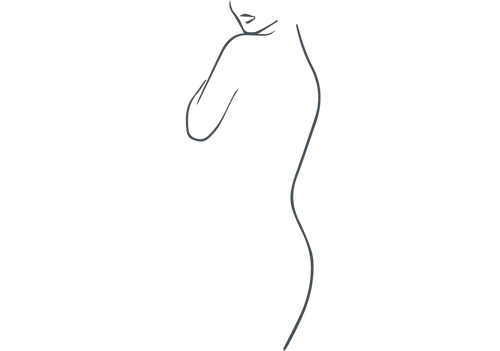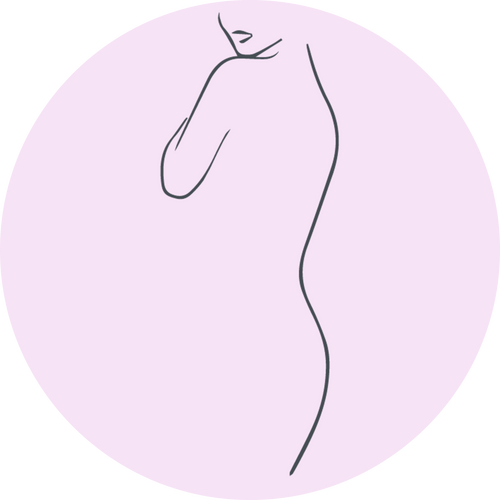While panties may appear to be a simple garment, their construction involves several important details that contribute to their functionality and appeal. Understanding these elements can lead to more informed choices when selecting lingerie, ultimately enhancing the wearing experience.

DETAILS
1. Side Wings
These wings, which extend from the sides of the garment, serve multiple purposes that enhance both functionality and aesthetics.
One of the primary functions of panty side wings is to provide additional support and coverage. By extending the fabric around the hips, side wings can help to prevent the panty from riding up, ensuring a more comfortable fit throughout the day. This design feature is particularly beneficial for individuals with active lifestyles, as it minimizes the need for constant adjustments.
Moreover, panty side wings can contribute to the overall silhouette of the garment. They can create a smoother line under clothing, which is essential for achieving a polished look.
2. Waist Band
It serves as the primary point of attachment for the panty to the wearer's body, ensuring that the garment remains securely in place throughout the day.
Typically, panty waist bands are constructed from elastic materials that provide stretch and support. The elasticity allows for a snug fit without compromising comfort, which is essential for everyday wear.
A well-constructed waistband should provide adequate support without digging into the skin, thus enhancing the wearer's experience.
3. Front Coverage
Panty front coverage refers to the amount of fabric that covers the front portion of a panty.
There are generally three categories of front coverage in panties: full coverage, moderate coverage, and minimal coverage.
Each category serves not only different design preferences. When selecting the appropriate front coverage, it is essential to consider factors such as body shape, personal comfort, and the intended use of the lingerie. For instance, individuals with curvier figures may find full coverage styles more flattering, while those with a leaner physique might prefer the aesthetic of minimal coverage options.
4. Rear Coverage
This term refers to the amount of fabric that covers the rear of the panty, which can vary widely across different styles.
When selecting the appropriate panty rear coverage, it is also essential to consider factors such as body shape, personal style, and the type of clothing that will be worn over the lingerie.
5. Leg Openings
There are several common styles of leg openings in panties, each offering distinct characteristics:
1. High-Cut Leg Openings:
This style features a higher cut along the thigh, which elongates the legs and provides a more daring look. High-cut panties are often favored for their ability to reate a smooth silhouette under clothing, making them a popular choice for various outfits.
2. Low-Cut Leg Openings:
Low-cut leg openings sit closer to the hip, offering a more relaxed fit. This style is often
associated with comfort and is ideal for everyday wear. Low-cut panties can also provide a seamless look under low-rise jeans or skirts.
3. Cheeky Leg Openings:
Cheeky panties feature a moderate cut that exposes a portion of the buttocks while still
providing coverage. This style strikes a balance between comfort and allure, making it a versatile option for various occasions.
4. Full-Coverage Leg Openings:
Full-coverage panties offer maximum coverage and support, making them ideal for those who prioritize comfort. This style is often chosen for its practicality and is suitable for everyday wear.
In addition to style, the fit of the leg openings is equally important. A well-fitted leg opening should not dig into the skin or create discomfort. It is advisable to choose panties that offer a snug yet comfortable fit, allowing for ease of movement without compromising on style.
6. Crotch
Finally, the crotch area is a crucial component that requires careful attention because it incorporates a feature such as gusset - a triangular or diamond-shaped piece of fabric inserted into the crotch seam.
The choice of fabric and construction methods in this area can impact comfort, breathability and hygiene. A cotton-lined crotch is typically preferred for its moisture-wicking properties, while other materials may be used for aesthetic purposes.


